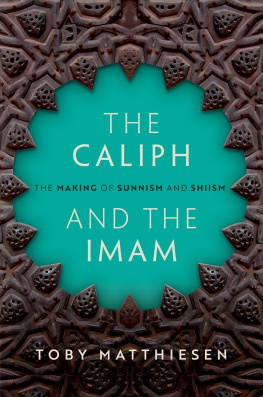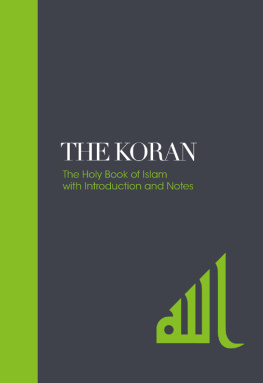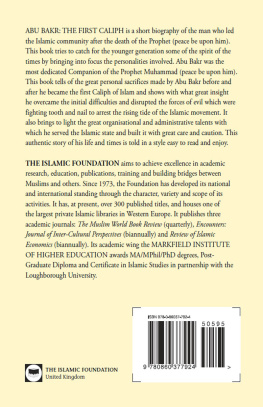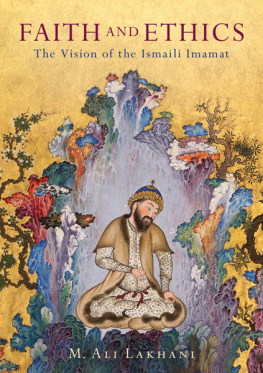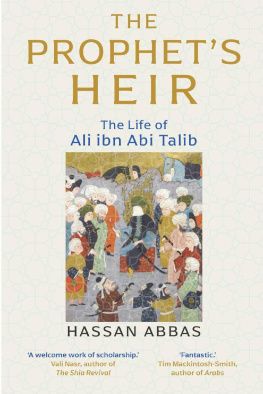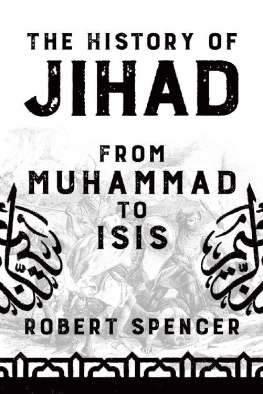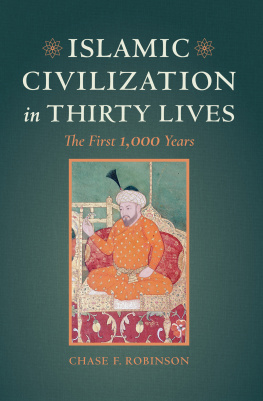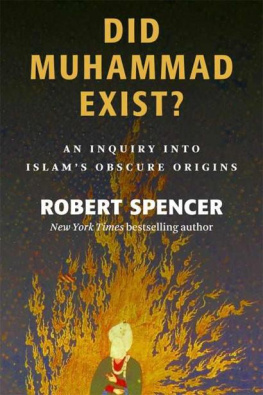Oxford University Press is a department of the University of Oxford. It furthers the Universitys objective of excellence in research, scholarship, and education by publishing worldwide. Oxford is a registered trade mark of Oxford University Press in the UK and in certain other countries.
198 Madison Avenue, New York, NY 10016, United States of America.
All rights reserved. No part of this publication may be reproduced, stored in a retrieval system, or transmitted, in any form or by any means, without the prior permission in writing of Oxford University Press, or as expressly permitted by law, by license or under terms agreed with the appropriate reprographics rights organization. Inquiries concerning reproduction outside the scope of the above should be sent to the Rights Department, Oxford University Press, at the address above.
You must not circulate this work in any other form and you must impose this same condition on any acquirer
CIP data is on file at the Library of Congress.
Acknowledgements
Any book that covers as big a ground as this one, tracing the development of Sunnism and Shiism across centuries and regions, accrues many debts. First and foremost, I owe a debt of gratitude to the many people who shared their knowledge and experiences with me during fieldwork. Then, I owe a debt to the many scholars who have contributed to the different disciplines and subfields that I draw on for this book, from religious and Islamic studies to Middle East and South Asian Studies, history, anthropology, sociology, and political science. The extensive notes and bibliography at the end of the book acknowledge that large body of scholarship, and the aim of the book is to bring sometimes disconnected literatures into closer conversation with each other.
I furthermore thank the numerous people and institutions that have supported me throughout the research and writing of this book. At the Middle East Centre of St Antonys College, and the wider University of Oxford, where I held a five-year Senior Research Fellowship and where the idea for this book first emerged, I thank Walter Armbrust, Stephanie Cronin, Faisal Devji, Roger Goodman, Louise Fawcett, Edmund Herzig, Homa Katouzian, Margaret MacMillan, Adam Roberts, Philip Robins, Ahmad al-Shahi, Avi Shlaim, Michael Willis, as well as Eugene Rogan, who encouraged me to write about as big a topic as this. Amongst Oxfords outstanding community of younger scholars, I had stimulating and fun conversations with Kathrin Bachleitner, Maziyar Ghiabi, Andrew Hammond, Susann Kassem, Raphal Lefvre, Ceren Lord, Rory McCarthy, Emanuel Schublin, Manal Shehabi, and Anne Wolf. For research support, I thank Caroline Davis and all the staff of the Middle East Centre and St Antonys College, Mastan Ebtehaj and Maria Luisa Langella of the Middle East Centre Library, Debbie Usher of the Middle East Centre Archive, Lydia Wright of the Oriental Institute Library, and the staff at the Bodleian Library (as well as of the British Library and the Institute of Ismaili Studies in London).
My agent Felicity Bryan envisioned that this book would fill an important gap in the literature. She sadly could no longer see it go to print. It was George Lucas in New York who then pushed it forward and was a reassuring presence throughout the writing process. I am indebted to him and to my editor Tim Bent of Oxford University Press US, who saw the potential of the book and whose many comments improved it considerably. At Oxford University Press UK, I thank Cathryn Steele, who took the lead in the final stages of production, as well as Luciana OFlaherty, the copyeditor Martin Noble, the publicist Anna Gell, and the whole production and marketing team. I am also grateful to Catherine Clarke, Michele Topham, and everyone at Felicity Bryan Associates. My meticulous research assistant Dominic Gerhartz helped especially with the references and finalising the manuscript for production.
Matteo Legrenzi brought me to Ca Foscari University in Venice for a Marie-Curie Global Fellowship. He has been a great supporter and a true gentleman. At Ca Foscari, I thank Laura Burighel, Silvia Zabeo, and the Department of Philosophy and Cultural Heritage. This project has received funding from the European Unions Horizon 2020 research and innovation programme under the Marie Sklodowska-Curie grant agreement No. 888063 on SunniShii Relations in the Middle East (SSRIME). At Stanford University, I thank Lisa Blaydes and the Abbasi Program in Islamic Studies for hosting me as a Visiting Fellow in 2022, and Larry Diamond, Farah El-Sharif, Haidar Hadi, Matthew Lynch, and Hesham Sallam for their collegiality and support. At the University of Bristol, I thank Martyn Powell, Benedetta Lomi, David Leech, Jon Balserak, Rupert Gethin, Gavin DCosta, and Rita Langer for welcoming me so warmly.
Over the years, several universities, institutes, and research networks invited me to speak, work through my ideas, and receive useful feedback: Aarhus University, Australian National University, the Middle East Study Group at Birkbeck University (London), Doha Institute for Graduate Studies, European University Institute in Florence, German Institute of Global and Area Studies in Hamburg, George Mason University, IREMAM Aix-en-Provence, Rice University in Houston, University of Bern, American University Beirut, Oxford Centre for Islamic Studies, UCLA, Maison des Sciences de lHommecole Pratique des Hautes tudes in Paris, Project on Middle East Political Science (POMEPS) at George Washington University, and the SEPAD Project at Lancaster University. At the Central European University in Budapest, I profited from comments by Osman Dincer and Harith Hasan al-Qarawee, and at Aligarh Muslim University in India from comments by Professors Irfan Habib and Syed Ali Nadeem Rezavi. I am grateful to Toby Dodge, Ali Ansari, Daniel Neep, and the participants of a workshop for a Festschrift in honour of Charles Tripp at the LSE.
Several colleagues have read parts of the manuscript related to their area of expertise, and some have provided extensive feedback. I thank Usaama al-Azami, Rahaf Aldoughli, Andrew Arsan, Mohammad Ataie, Metin Atmaca, Aye Baltacolu-Brammer, Gabriele vom Bruck, Houchang Chehabi, Juan Cole, Stephanie Cronin, Louise Finn, Denis Hermann, Helen Lackner, Charles Melville, Eugene Rogan, Adrian Ruprecht, Christian Sahner, Cyrus Schayegh, Rainer Schwinges, and Charles Tripp. The Fellows of the TOI: Bringing in the Other Islamistscomparing Arab Shia and Sunni Islamism(s) in a sectarianized Middle East project led by Morten Valbjrn and Jeroen Gunning at Aarhus University provided feedback on several draft chapters. I thank Morten, Jeroen, as well as Courtney Freer, Fanar Haddad, Raphal Lefvre, Ben Robin DCruz, and Younes Saramifar for their valuable comments. I further want to acknowledge conversations with Rainer Brunner, Faisal Devji, Toby Dodge, Richard Drayton, Werner Ende, Mark Farha, Nelida Fuccaro, Simon Fuchs, Gregory Gause, Hamza al-Hasan, Samuel Helfont, Fouad Ibrahim, Raihan Ismail, Abbas Kadhim, Shruti Kapila, Laurence Lour, Ali Khan Mahmudabad, Ussama Makdisi, Renad Mansour, Mary-Ann Middelkoop, David Motadel, Anees al-Qudayhi, Reinhard Schulze, Guido Steinberg, Sami Zubaida, and Max Weiss. Nassima Neggaz and Naysan Adlparvar kindly shared their publications with me. For support over the years, I thank Ulrike Freitag, Kai Hafez, Laleh Khalili, Marc Lynch, James Piscatori, Madawi al-Rasheed, Morten Valbjrn, and Charles Tripp.

